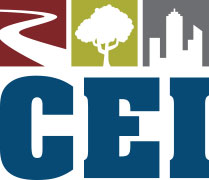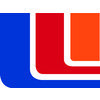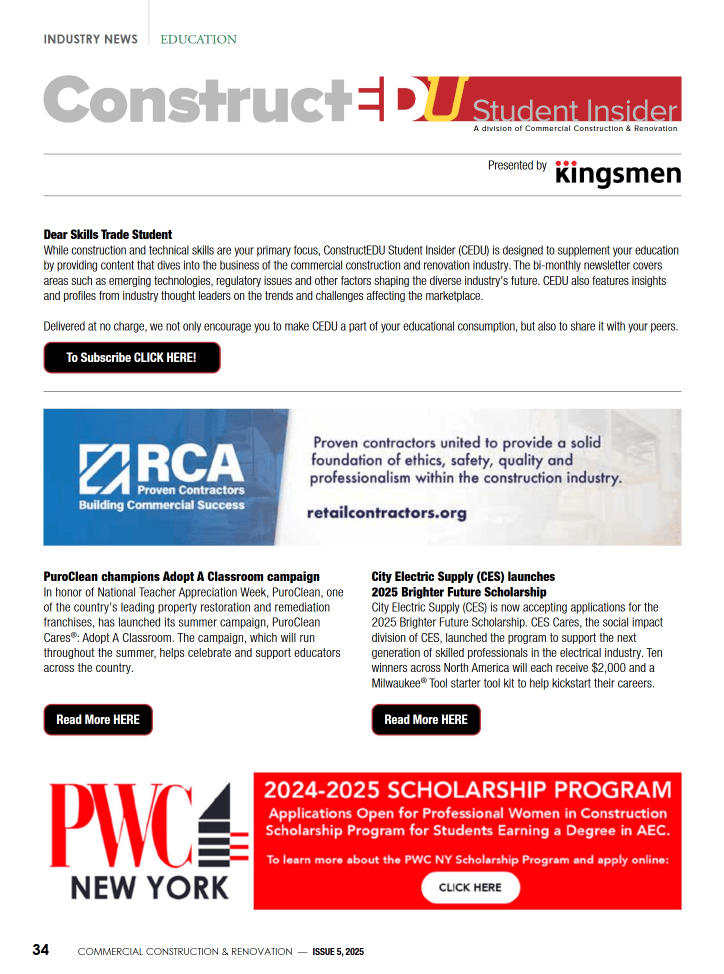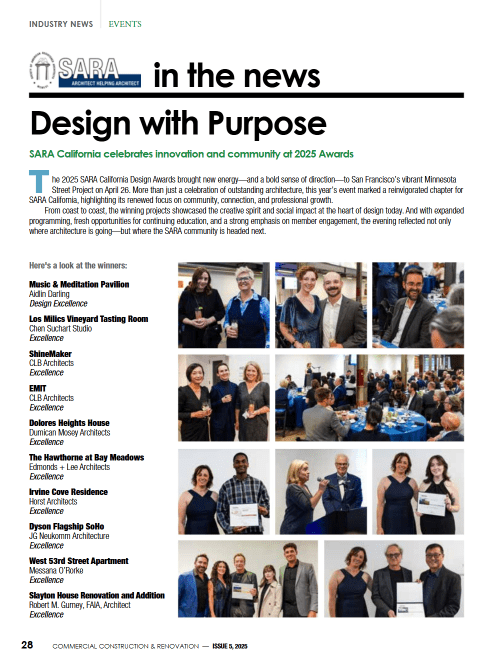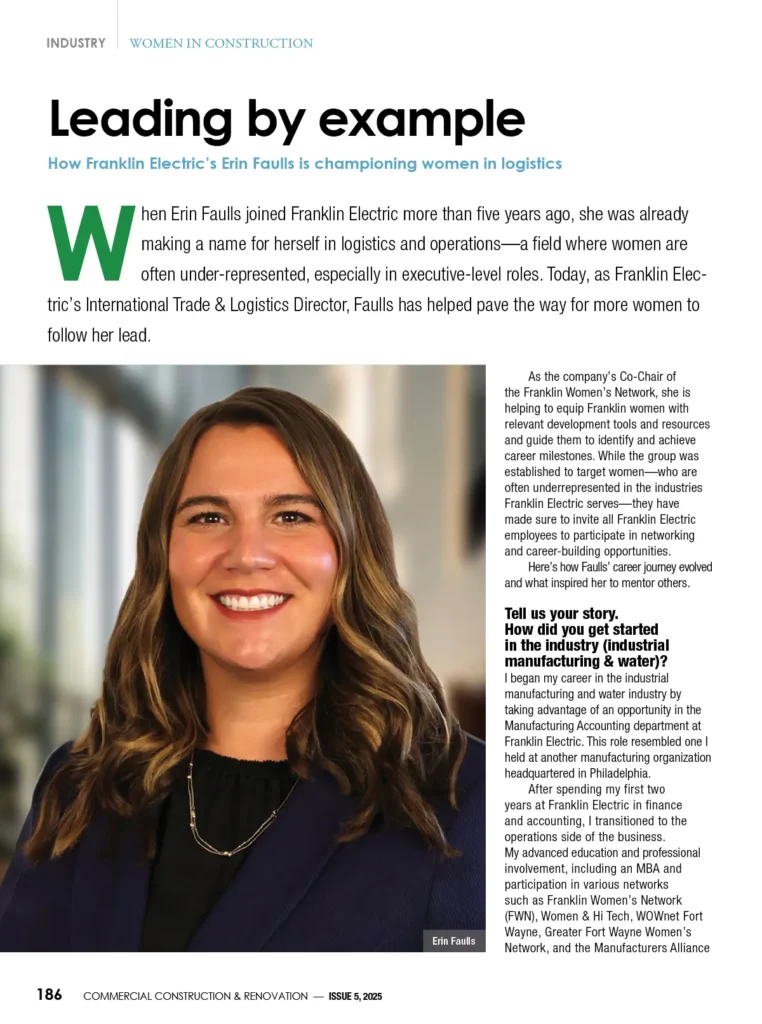When it comes to charitable giving, technology has made it easier than ever for individuals to reach out and help those in need. And now, thanks to blockchain technology, it’s easier than ever to make sure that donations are reaching their intended target. For more information visit this Site.
In this article, we’ll explore five examples of how blockchain is being used in charitable giving.
Examples Of Blockchain In Charity
Here are some examples of the following examples:
Example 1
One of the most impactful examples is the United Nations World Food Program’s (WFP) project helping Syrian refugees in Jordan. The WFP used blockchain technology to create a digital identity for each refugee and their associated bank accounts, which allowed them to redeem vouchers for food at local supermarkets.
This system provides greater efficiency, cost savings, and even more accuracy than was possible with traditional methods of distributing aid. By using blockchain technology, WFP was able to reduce transaction costs by 98% and verify that each recipient received the correct amount of aid with near-instant payments. As a result, refugees benefited from quicker payment processing times and better service from vendors.
Example 2
Alice Funding Platform allows donors to make small donations that are pooled together in a smart-contract run on Ethereum, allowing donors to easily track the development of their funds and know how they are being responsibly spent.
The platform also offers users the ability to see how their donations change lives and make a real difference in times of need. It provides full transparency from donations through to charitable allocations — donors can monitor the progress of their funds as they are released for specific projects.
Bitcoin trading software ensures secure payments and fund transfers without compromising user privacy or security.
Example 3
Amply uses blockchain technology to ensure that school subsidies are distributed effectively and efficiently.
Amply’s platform allows donors to see exactly where their funds go and how they are used. It also helps to prevent the misuse of funds and provides better oversight of the process. Through the Amply platform, donors can see exactly when the funds are sent and received, ensuring complete transparency.
Amply has already seen results from its implementation of blockchain—since introducing its platform, it has been able to streamline the process of distributing school subsidies, saving costs, and increasing the efficiency of donations.
Example 4
Your next example of blockchain and charitable giving is the BitGive Chandolo Primary School Water Project in Kenya. This project helped to build a water borehole, filter, and storage system so that the school children at Chandolo Primary School would have access to clean water. The BitGive Foundation raised over 11 BTC (nearly $50,000 USD) in bitcoin donations, which allowed them to fund the construction of a complete water system.
Thanks to blockchain technology, they were able to securely track and verify all donations, making sure that they were being allocated as intended. This case study is a great example of how blockchain can be used for charitable causes and help thousands of people.
Example 5
Let’s take a look at the fifth case study from AIDChain, which is an organization that’s developing an ecosystem for charity and impact investing: AidPay and AidCoin cryptocurrency.
AidPay is a blockchain-based payment gateway that allows donors to make payments in both cryptocurrency and fiat currency. And those donations are then allocated to the charities—in real-time. This helps cut down on paperwork and delays in processing donations and eliminates the need for donor tracking systems.
Then there is AidCoin cryptocurrency. This coin can be used by donors to interact with AIDChain’s ecosystem, including making donations directly to charities (via AidPay), as well as engaging in impact investing funds. For example, donors can invest in social welfare projects and then use AidCoin to access updates on how their investment has been used by the aid organizations they donated to.
Conclusion
Charities need to be aware of the potential blockchain provides and how they can tap into it to ensure that donations are being used in the most effective way possible. As the blockchain industry grows and evolves, more and more charities are likely to explore the possibilities it has to offer. In the meantime, these five examples demonstrate the positive ways in which blockchain can be used to transform charitable giving.





